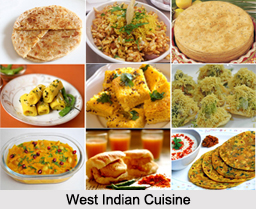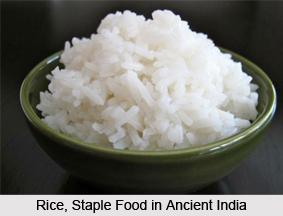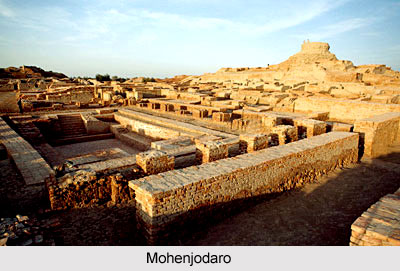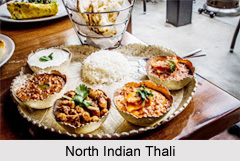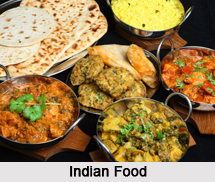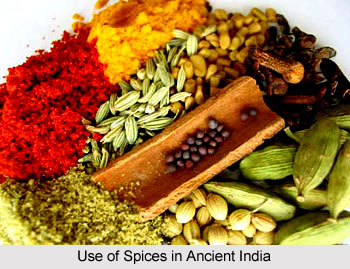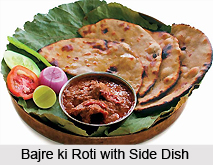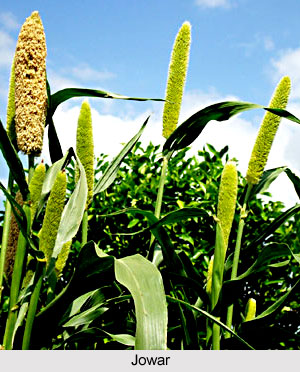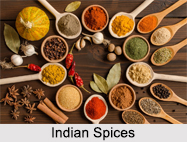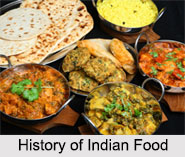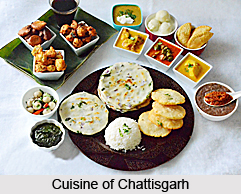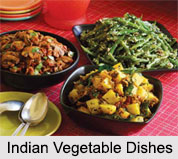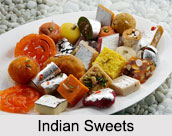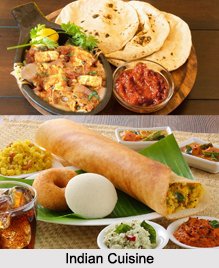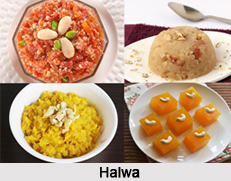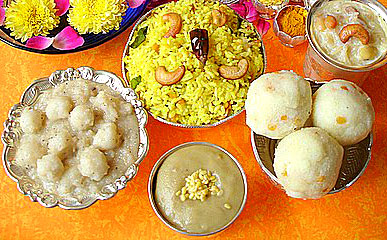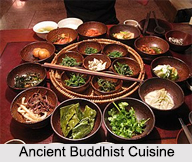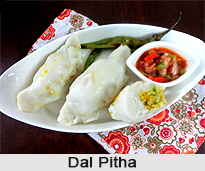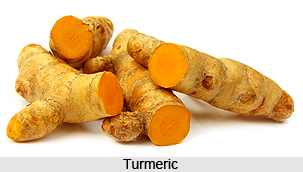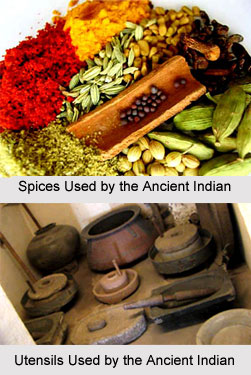 Art of cooking in Ancient depended on the kind of utensils employed for cooking. Art of cooking in ancient India reflects ancient Indian culture in terms of cooking, the food items to be included, the spices to be used etc. Art of cooking in Ancient India can be mainly studied in two sections. While the first section includes the type of utensils used by the ancient Indian society, the food items prepared by them, and the type of cooking adopted by them, the second section throws light on the social etiquettes which were generally followed by the ancient people while taking the food. Art of cooking in ancient India in the period of the Rig Veda saw the Indian people developing the system of cooking in a more organised form and with perfection. Before this the cooking was largely unplanned and nomadic. The text of Rig Veda lays down some procedure of cleaning the food and grinding the seeds for spices. In case of meat, it was now roasted and then prepared with some delicacies. This was practiced with more perfection by the following generations. Fully cooked non vegetarian food items became a part of Indian cooking along with soup which was one of the most popular food items taken in ancient India.
Art of cooking in Ancient depended on the kind of utensils employed for cooking. Art of cooking in ancient India reflects ancient Indian culture in terms of cooking, the food items to be included, the spices to be used etc. Art of cooking in Ancient India can be mainly studied in two sections. While the first section includes the type of utensils used by the ancient Indian society, the food items prepared by them, and the type of cooking adopted by them, the second section throws light on the social etiquettes which were generally followed by the ancient people while taking the food. Art of cooking in ancient India in the period of the Rig Veda saw the Indian people developing the system of cooking in a more organised form and with perfection. Before this the cooking was largely unplanned and nomadic. The text of Rig Veda lays down some procedure of cleaning the food and grinding the seeds for spices. In case of meat, it was now roasted and then prepared with some delicacies. This was practiced with more perfection by the following generations. Fully cooked non vegetarian food items became a part of Indian cooking along with soup which was one of the most popular food items taken in ancient India.
Different types of utensils were used in the households for cooking in ancient India. While the ancient families before Rig Veda largely used stone implements for cooking the future generations saw the use of metallic implements and utensils that were included in later Vedic Period kitchenware. Some of the utensils were made up of clay, wood and stone. The food items became richer with the use of clarified ghee, curd and other products that were used for garnishing the food. Art of cooking in ancient India further followed some rules and etiquette to be observed while cooking the food and then serving it. These rules became more rigid with the passage of time and division of society within various caste structures. Overall this highlighted the changes that developed within the ancient civilizations and marked its difference with each Empire. The lifestyle and art of cooking in Maurya Empire has been extensively discussed by Kautilya in Arthashastra in which he assigned separate superintendents for supervising separate jobs. Similarly Gupta period too had its variations.
